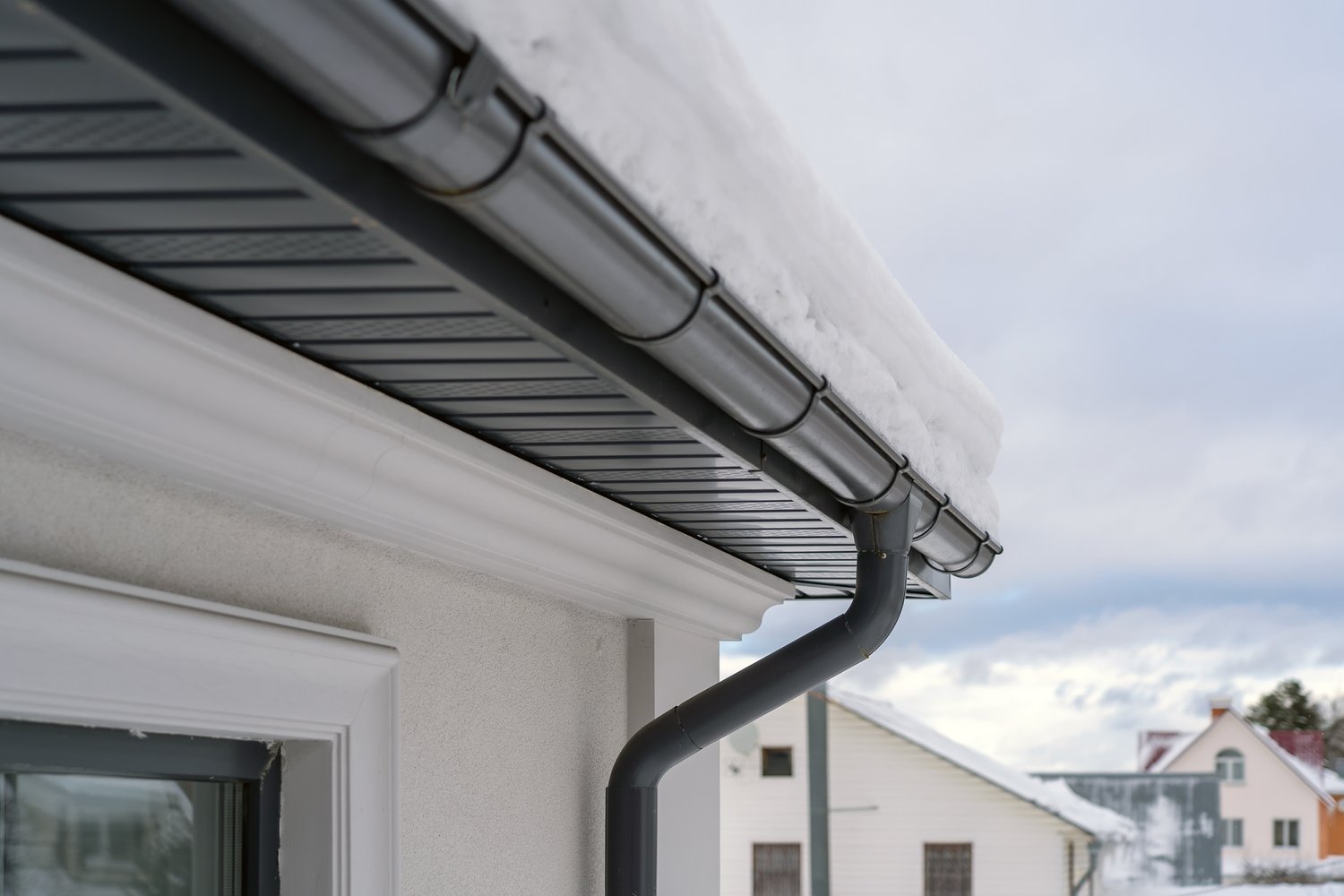Winter months can put a significant strain on household budgets as heating costs soar and energy consumption increases. The good news is that there are numerous practical ways to reduce heating costs without sacrificing comfort. This comprehensive guide offers fifteen effective strategies to lower electricity bills and keep your home warm efficiently during the coldest months of the year. By implementing these winter energy saving tips, you can make a noticeable difference in your monthly expenses while staying cozy.
Optimize Your Heating System
Your heating system is the biggest energy consumer during winter. Start by scheduling professional maintenance before the cold weather sets in. A well-maintained furnace or heat pump operates more efficiently, which directly translates to lower energy bills. Replace furnace filters monthly during heavy-use periods as dirty filters restrict airflow and increase energy consumption. Consider installing a programmable or smart thermostat that automatically adjusts temperatures based on your schedule. According to energy experts at AskHomey, setting your thermostat 7-10 degrees lower for eight hours daily (while sleeping or away) can reduce heating costs by up to 10% annually.
Improve Home Insulation
Poor insulation is one of the primary culprits behind high winter energy bills. Begin by sealing air leaks around windows and doors with weatherstripping or caulk. Install door sweeps to prevent cold air from seeping in underneath exterior doors. Add extra insulation to your attic, as heat rises and can easily escape through an inadequately insulated ceiling. The investment in proper insulation pays for itself quickly through reduced heating costs. For walls without sufficient insulation, consider blown-in insulation, which can be added without major renovation work.
Maximize Window Efficiency
Windows can be responsible for up to 30% of heating loss. During daylight hours, open curtains and blinds on south-facing windows to allow natural sunlight to warm your home. Close all window coverings at night to provide an additional barrier against cold. Consider installing thermal curtains specifically designed to reduce heat loss. For a budget-friendly option, apply transparent insulating film to windows, creating an additional air barrier that prevents heat from escaping. These simple adjustments help maintain a more consistent indoor temperature and reduce the workload on your heating system.
Optimize Your Water Heater
Water heating accounts for approximately 18% of home energy use. Reduce this cost by lowering your water heater temperature to 120°F (49°C), which is still hot enough for most household needs but reduces energy consumption. Insulate older water heaters and exposed hot water pipes to prevent heat loss. Consider installing water-saving showerheads and faucet aerators to decrease hot water usage. Taking shorter showers and washing clothes in cold water also contributes significantly to lowering your electricity bill during winter months.
Use Appliances Efficiently
How you use everyday appliances impacts your energy bills substantially. Run dishwashers and washing machines only with full loads. Clean the lint trap in your dryer before each use to improve efficiency. When cooking, match pot sizes to burner sizes and keep lids on pots to retain heat. Use the oven efficiently by cooking multiple items simultaneously and avoiding opening the door unnecessarily while in use. Many modern appliances have energy-saving settings—utilize these features to reduce consumption without sacrificing performance.
Leverage Smart Power Management
Phantom power draw from electronics can add up quickly. Unplug chargers and devices when not in use or employ power strips that can be switched off completely. Replace incandescent bulbs with LED alternatives, which use up to 75% less energy and last significantly longer. Consider using timers or smart plugs to control lights and electronics automatically. Being mindful of your power usage habits is one of the most effective winter energy saving tips that requires minimal investment but yields consistent results.
Utilize Additional Warming Strategies
Supplement your heating system with alternative warming methods. Use ceiling fans on low speed in a clockwise direction to push warm air downward. Add area rugs to bare floors to provide insulation and warmth underfoot. Wear warmer clothing indoors so you can comfortably maintain a lower thermostat setting. Use electric blankets or heated mattress pads at night rather than heating the entire house. These strategies allow you to target warmth where needed most, reducing the burden on your central heating system and helping save money on energy bills this winter.
Perform a Home Energy Audit
Consider conducting a professional energy audit or a DIY assessment of your home’s efficiency. This comprehensive evaluation identifies specific areas where energy is being wasted and provides tailored recommendations for improvements. Many utility companies offer free or discounted energy audits for their customers. The insights gained from this assessment can guide your energy-saving investments and help prioritize which improvements will yield the greatest reduction in heating costs.
For more tips and to connect with reliable home service professionals, follow AskHomey on Facebook and Instagram.



